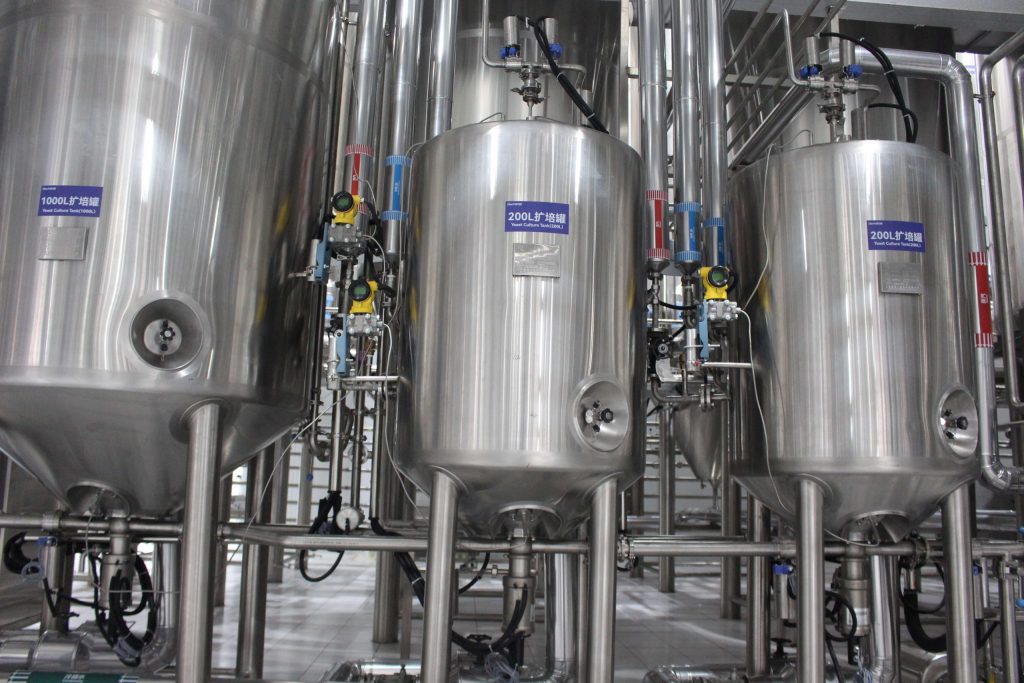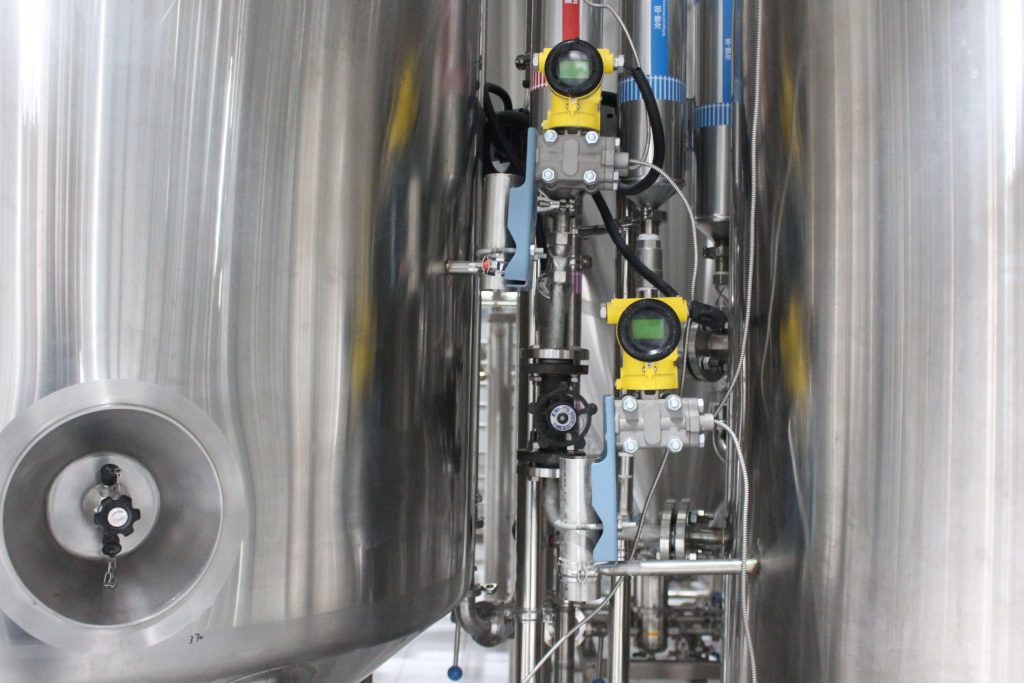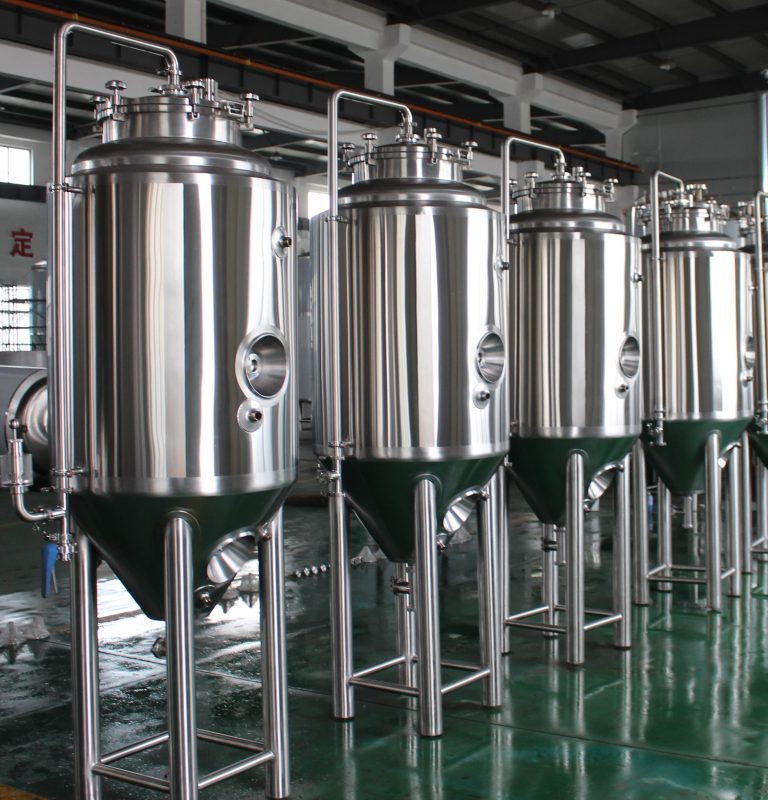Introdução

Proper beer yeast propagation is a cornerstone of successful brewing. The vessel you choose for this critical step can significantly impact the health and viability of your yeast culture, ultimately influencing the quality of your beer. In this comprehensive guide, we will delve into the various types of vessels designed specifically for beer yeast propagation, their unique characteristics, and the factors to consider when making your selection. We’ll explore how these vessels contribute to optimal yeast growth, ensuring that your brews consistently reach their full potential.
Entendimento Beer Yeast Propagation
Before we dive into the specifics of vessels, let’s briefly recap why beer yeast propagation is essential. Yeast is a living organism that requires specific conditions to thrive. Propagation provides an opportunity to increase the yeast cell count, ensuring a sufficient pitch rate for your brew. It also allows for the acclimation of yeast to new environments or specific beer styles. By propagating yeast, brewers can maintain a healthy and vigorous culture, leading to consistent fermentation performance and desired flavor profiles.
Factors to Consider When Choosing a Vessel for Beer Yeast Propagation
Several factors should be taken into account when selecting a vessel for beer yeast propagation:
- Material: Stainless steel is the most common material due to its durability, ease of cleaning, and resistance to contamination. Glass and plastic are also options, but they may have limitations. Stainless steel’s non-porous surface prevents the growth of harmful bacteria and makes it easy to sanitize. Glass is also a good option, as it is inert and doesn’t react with chemicals or yeast. However, glass can be more fragile and difficult to clean than stainless steel. Plastic is the least preferred option, as it can leach chemicals into the wort and is more prone to scratching and harboring bacteria.
- Tamanho: The vessel’s size should be appropriate for your batch size. Larger vessels are suitable for commercial breweries, while smaller ones are ideal for homebrewers. The size of the vessel will also determine the amount of yeast you can propagate.
- Características: Look for features like temperature control, aeration ports, and sampling ports. These can simplify the beer yeast propagation process and ensure optimal conditions. Temperature control is essential for maintaining the ideal temperature for yeast growth. Aeration ports allow oxygen to enter the vessel, which is necessary for yeast growth. Sampling ports allow you to take samples of the yeast culture to monitor its health and viability.
- Custo: Vessels can vary widely in price. Consider your budget and the frequency of your beer yeast propagation needs.
Types of Vessels for Beer Yeast Propagation
Erlenmeyer Flasks
- Pros: Affordable, easy to use, and available in various sizes.
- Cons: Limited scale, manual aeration, and potential for contamination. Erlenmeyer flasks are a good option for homebrewers who are just starting out or who only need to propagate small amounts of yeast. However, they have some limitations, such as the need for manual aeration and the risk of contamination.
Garrafões
- Pros: Durable, can handle larger volumes, and relatively inexpensive.
- Cons: Difficult to clean, limited temperature control, and potential for oxygen transfer. Carboys are a good option for homebrewers who need to propagate larger amounts of yeast. However, they can be difficult to clean and sanitize, and they offer limited temperature control.
Fermentadores cônicos
- Pros: Versatile, efficient yeast harvesting, and often equipped with temperature control.
- Cons: Can be expensive, and larger sizes may require specialized equipment. Conical fermenters are a good option for both homebrewers and commercial breweries. They are versatile, efficient, and often come with temperature control. However, they can be expensive, especially for larger sizes.
Dedicated Yeast Propagation Vessels
- Pros: Designed specifically for beer yeast propagation, often with built-in features like temperature control, aeration, and sampling ports.
- Cons: Higher cost and may have limited availability. Dedicated yeast propagation vessels are the best option for serious homebrewers and commercial breweries. They are designed specifically for beer yeast propagation and come with all the features you need to ensure optimal yeast health. However, they can be expensive and may not be available in all sizes.
Comparison of Vessel Features
| Recurso | Erlenmeyer Flask | Garrafão | Fermentador cônico | Dedicated Yeast Propagation Vessel |
|---|---|---|---|---|
| Material | Vidro | Vidro | Aço inoxidável | Aço inoxidável |
| Tamanho | Small to medium | Medium to large | Small to very large | Small to large |
| Controle de temperatura | Manual | Manual | Often built-in | Always built-in |
| Aeração | Manual | Limitado | Can be added | Built-in |
| Sampling | Fácil | Difícil | Fácil | Fácil |
| Custo | Baixo | Moderado | Moderate to high | Alto |
Best Practices for Propagação de levedura

- Sanitation: Ensure all equipment is thoroughly cleaned and sanitized to prevent contamination. This includes the vessel, stirring equipment, and any tools used during the propagation process. Proper sanitation is crucial to prevent the growth of unwanted microorganisms that can harm your yeast culture.
- Controle de temperatura: Maintain a consistent temperature within the optimal range for your yeast strain. Temperature control is essential for optimal yeast growth and metabolism. Different yeast strains have different temperature preferences, so it’s important to research the specific requirements of your yeast.
- Aeration: Provide adequate aeration during the early stages of propagation to promote cell growth. Oxygen is essential for yeast growth, especially during the early stages of propagation. You can aerate your yeast culture by shaking the vessel, using an aquarium pump, or by simply pouring the wort back and forth between two containers.
- Pitch Rate: Calculate the correct pitch rate based on the original gravity of your wort and the desired attenuation. The pitch rate is the number of yeast cells per milliliter of wort. A proper pitch rate is essential for healthy fermentation and good beer flavor.
- Yeast Health: Regularly assess the health of your yeast culture through microscopic examination. By regularly examining your yeast under a microscope, you can identify any signs of stress or contamination.
Conclusão
The choice of vessel for propagação de levedura de cerveja depends on several factors, including your brewing scale, budget, and desired level of control. While Erlenmeyer flasks and carboys are suitable for homebrewers, commercial breweries may opt for conical fermenters or dedicated yeast propagation vessels. By carefully considering these factors and following best practices, you can ensure that your yeast is healthy and vigorous, resulting in consistently high-quality beer.
Perguntas frequentes
Can I use a plastic bucket for yeast propagation?
While plastic buckets can be used, they may not be as durable or easy to clean as stainless steel. Additionally, some plastics can leach chemicals into your wort. It’s generally recommended to avoid using plastic for yeast propagation.
How often should I repitch my yeast?
The frequency of repitching depends on the yeast strain and the specific beer style. It’s generally recommended to repitch every 5-7 generations. However, you may need to repitch more frequently if you are using a particularly delicate yeast strain or if you are brewing a high-gravity beer.
What is the optimal temperature for yeast propagation?
The optimal temperature varies depending on the yeast strain. Most ale yeasts prefer temperatures between 65-75°F (18-24°C), while lager yeasts typically require lower temperatures.
How do I aerate my yeast culture?
You can aerate your yeast culture by shaking the vessel, using an aquarium pump, or by simply pouring the wort back and forth between two containers.

